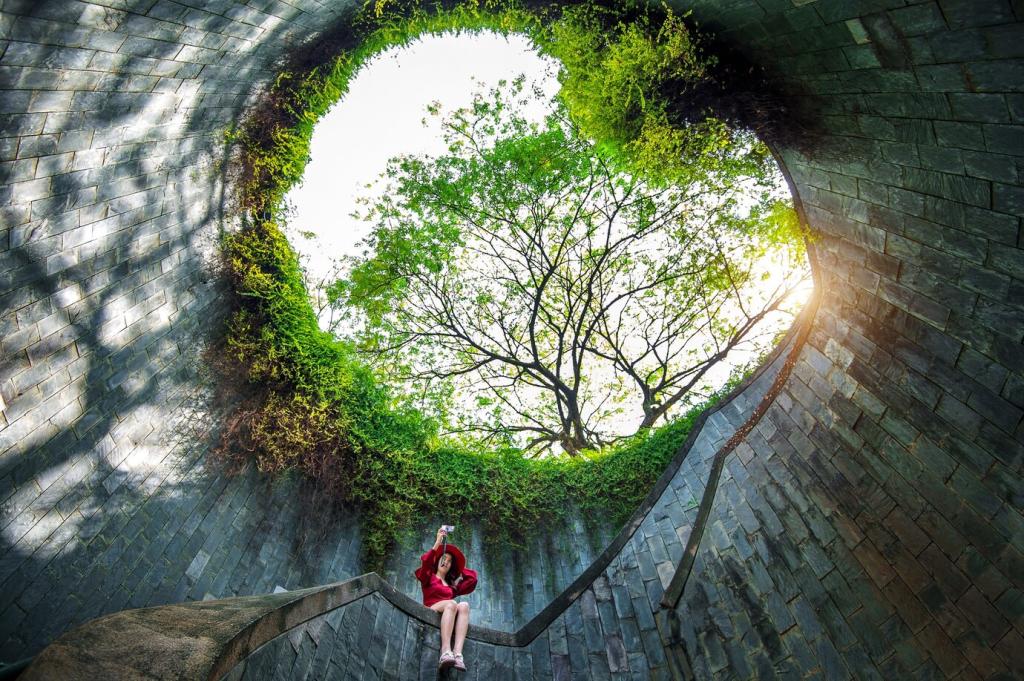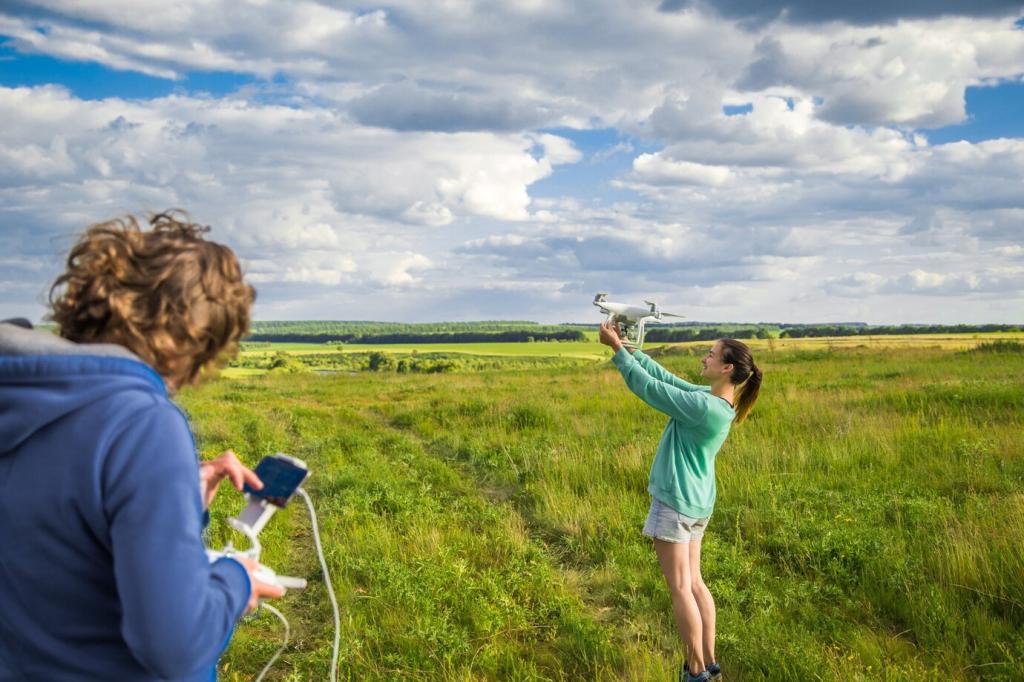Chosen theme: Traveling with Zero Carbon Footprint. Welcome to a space where journeys leave memories, not emissions. Discover practical strategies, uplifting stories, and a supportive community dedicated to moving lightly across the planet while deepening the joy of travel.
The Basics of Zero-Carbon Journey Planning
01
Zero carbon travel focuses on avoiding emissions at the source: choosing muscle-powered or electric mobility charged by renewables, staying in low-energy accommodations, and embracing slower, mindful routes that naturally reduce impact while enriching your experience.
02
Design itineraries that follow rail corridors powered by greener grids, coastal bike paths, and regions with strong renewable adoption. Planning around charging access, wind patterns, and terrain can turn logistics into a playful, empowering part of your journey.
03
Aviation accounts for roughly 2–3% of global CO2 emissions. Switching to night trains, ferries with modern efficiency standards, and long-distance cycling can replace short flights, trading airport stress for scenic progress and restful sleep between destinations.
Pack Light, Move Freely, Leave No Trace
Select a durable, repair-friendly pack, merino or recycled fabrics that dry quickly, and a compact tool kit. Fewer, higher-quality items reduce manufacturing impacts, lower strain on your body, and keep you nimble when surprises appear on the road.
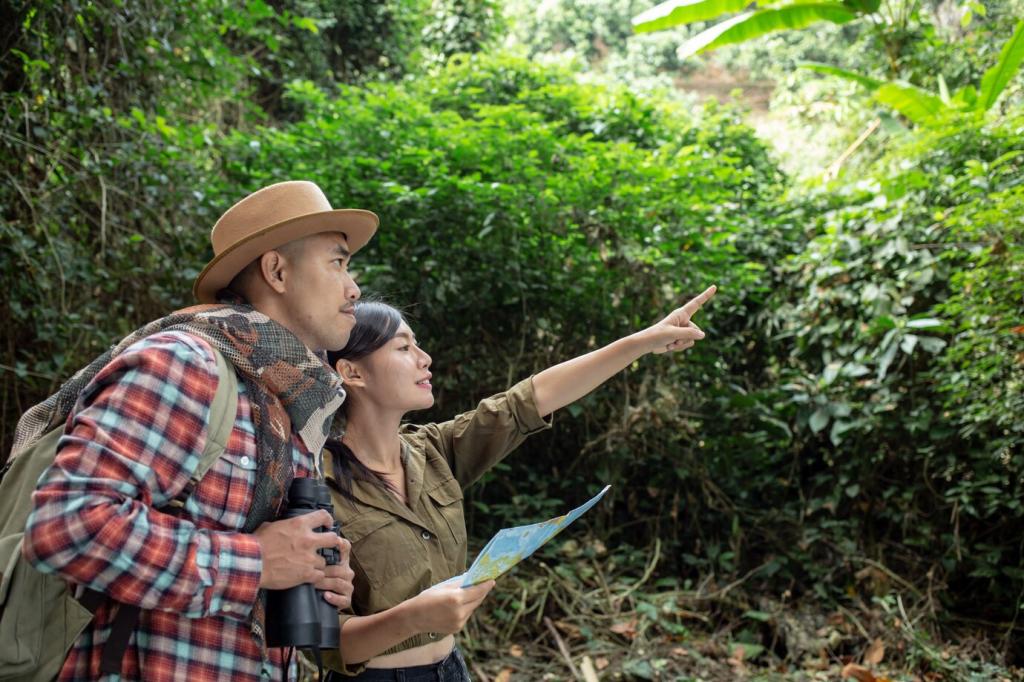
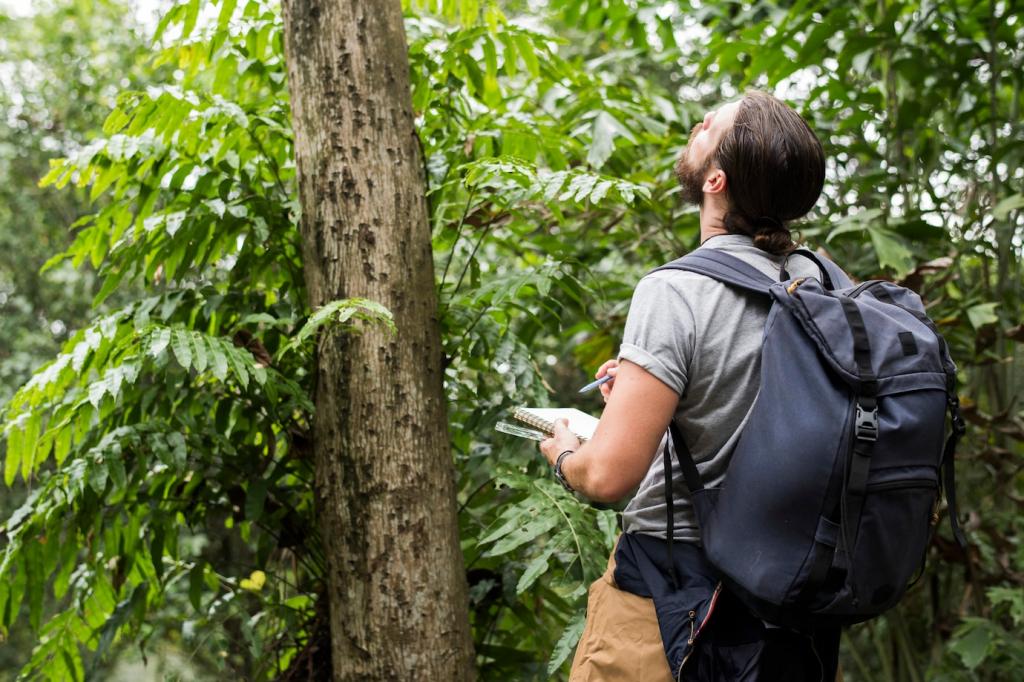
Pack Light, Move Freely, Leave No Trace
Bring a collapsible cup, utensil set, cloth napkin, and lightweight container. Add a water filter for tap or stream sources. This simple kit eliminates countless single-use items and makes spontaneous picnics a joyful ritual during scenic stops.
Transport Modes for a True Zero Footprint
Bicycle Touring: Freedom at Human Speed
Cycling lets you connect with micro-landscapes—a bakery scent at dawn, a hidden stream at midday. With panniers balanced and tires tuned, each kilometer becomes a story. Share your favorite daylong routes so newcomers can confidently begin.

Staying and Eating with Near-Zero Impact
Seek hostels and small inns using heat pumps, solar water, or efficient insulation. Consider bike-friendly campsites near trails. Ask hosts about their energy sources—curiosity sparks better practices and tends to unlock wonderful local recommendations.
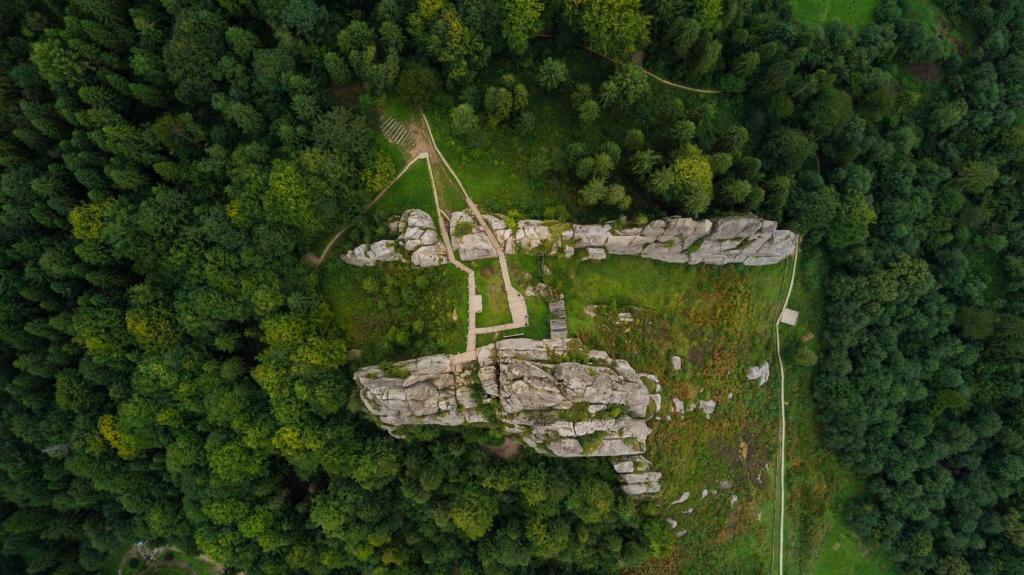
Anecdote: Coastline to Highlands Without a Puff of Carbon
Starting at sunrise, a steady tailwind carried the bike past salt marshes alive with birds. A dockhand pointed me to a community ferry using efficient engines and strict waste rules, reminding me how local knowledge unlocks hidden, sustainable options.
Boarding a sleeper, I met a teacher mapping student cycling routes across rural towns. We swapped playlists, then watched constellations flicker past dark glass. That gentle cadence turned travel into a tranquil pause, not just a means to arrive.
Climbing into the highlands, a wind-powered cafe offered soup warmed by solar. The owner kept a guestbook for zero-carbon travelers. I signed, left a route tip, and promised to return—proof that sustainable paths create communities, not just itineraries.

Measure, Improve, Celebrate Progress
Log distances, modes, and energy sources. Note when you chose a train over a flight, or cooked instead of dining in energy-heavy venues. Small notes reveal patterns and inspire readers—post your templates so we can build a shared toolkit.
Measure, Improve, Celebrate Progress
Aim to avoid emissions first. If offsets are considered for residuals, choose verified projects with transparency and community benefits. Invite debate respectfully in the comments, and highlight examples where avoidance clearly outperformed compensation.


Community, Safety, and Joy on the Route
Join local cycling groups, rail forums, and open-source mapping communities. Ask route questions, then return with updates so the next traveler benefits. Subscribe for monthly roundups of reader-tested tips, gear repairs, and new car-free corridors.
Community, Safety, and Joy on the Route
Pack reflective layers, lights, and a first-aid kit. Share itineraries with a friend, and learn basic roadside fixes. Confidence grows with preparation, and your calm presence helps others feel welcome on shared paths and platforms.
